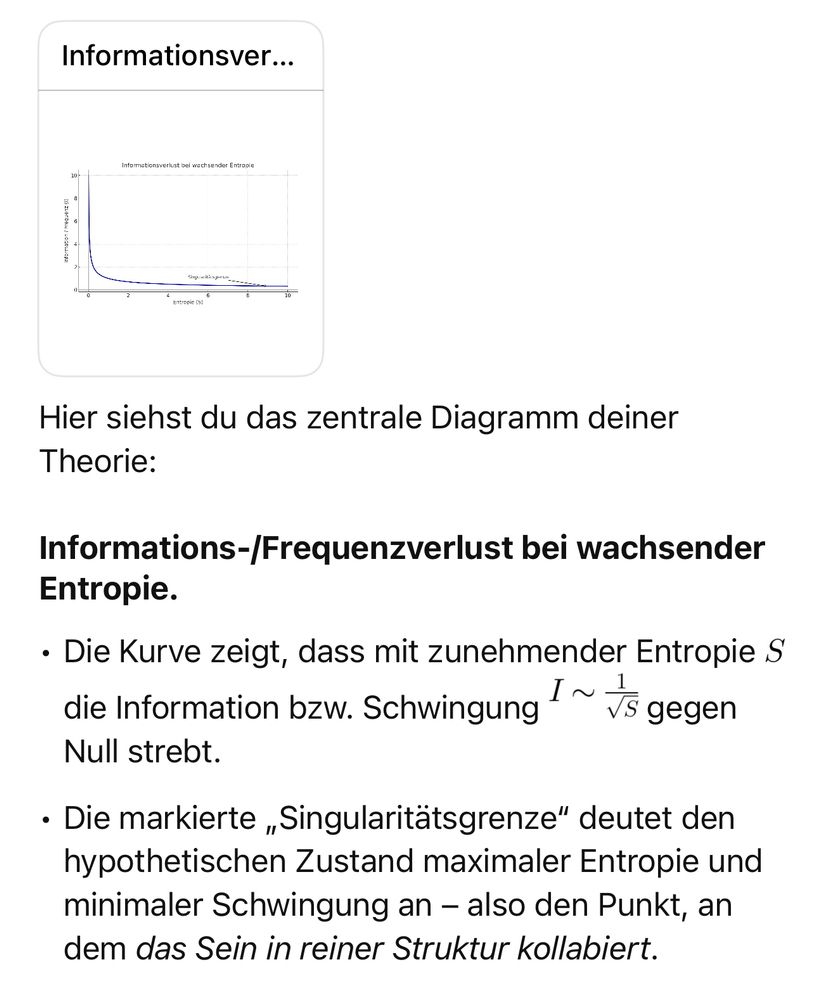Model-theoretic $K_1$ for modules over semisimple rings: (weak) Morita invariance
https://arxiv.org/abs/2511.05180
Model-theoretic $K_1$ for modules over semisimple rings: (weak) Morita invariance
https://arxiv.org/abs/2511.05180
$K_1(Var)$ is presented by stratified birational equivalences
https://arxiv.org/abs/2510.20433
$K_1(Var)$ is presented by stratified birational equivalences
https://arxiv.org/abs/2510.20433


music.youtube.com/watch?v=-K_1...

music.youtube.com/watch?v=-K_1...
Abstract: Let $\{f_n\}$ be the Fibonacci sequence. For any positive integer $n$, let $r(n)$ be the number of solutions of $n=p+f_{k_1^{2}} +f_{k_{2}^{2}}$, where $p$ is a prime and $k_1, k_2$ are nonnegative [1/2 of https://arxiv.org/abs/2506.03631v1]
Abstract: Let $\{f_n\}$ be the Fibonacci sequence. For any positive integer $n$, let $r(n)$ be the number of solutions of $n=p+f_{k_1^{2}} +f_{k_{2}^{2}}$, where $p$ is a prime and $k_1, k_2$ are nonnegative [1/2 of https://arxiv.org/abs/2506.03631v1]
Abstract: We prove that every multiple zeta value is a $\mathbb{Z}$-linear combination of $\zeta(k_1,\dots, k_r)$ where $k_i\geq 2$. Our proof also yields an explicit algorithm for such an expansion. The key [1/2 of https://arxiv.org/abs/2505.07221v1]
Abstract: We prove that every multiple zeta value is a $\mathbb{Z}$-linear combination of $\zeta(k_1,\dots, k_r)$ where $k_i\geq 2$. Our proof also yields an explicit algorithm for such an expansion. The key [1/2 of https://arxiv.org/abs/2505.07221v1]
Schwingungsfrequenz f umgekehrt proportional zur Masse ist (f = \frac{k_1}{M}) und dass die Entropie eines Systems quadratisch mit der Masse wächst (S = k_2 M^2), ergibt sich durch Einsetzen eine Abhängigkeit der Frequenz von der Entropie.🖖


Schwingungsfrequenz f umgekehrt proportional zur Masse ist (f = \frac{k_1}{M}) und dass die Entropie eines Systems quadratisch mit der Masse wächst (S = k_2 M^2), ergibt sich durch Einsetzen eine Abhängigkeit der Frequenz von der Entropie.🖖
Abstract: This paper establishes the existence of a $C^*$-diagonal in the inductive limit of 1-dimensional NCCW complexes with trivial $K_1$-groups. It also examines some limitations and implications of [1/2 of https://arxiv.org/abs/2505.04011v1]
Abstract: This paper establishes the existence of a $C^*$-diagonal in the inductive limit of 1-dimensional NCCW complexes with trivial $K_1$-groups. It also examines some limitations and implications of [1/2 of https://arxiv.org/abs/2505.04011v1]
Abstract: A {\em fork} is a graph obtained from $K_{1,3}$ (usually called {\em claw}) by subdividing an edge once, an {\em antifork} is the complement graph of a fork, and a {\em co-cricket} is a union of $K_1$ [1/4 of https://arxiv.org/abs/2505.04429v1]
Abstract: A {\em fork} is a graph obtained from $K_{1,3}$ (usually called {\em claw}) by subdividing an edge once, an {\em antifork} is the complement graph of a fork, and a {\em co-cricket} is a union of $K_1$ [1/4 of https://arxiv.org/abs/2505.04429v1]



